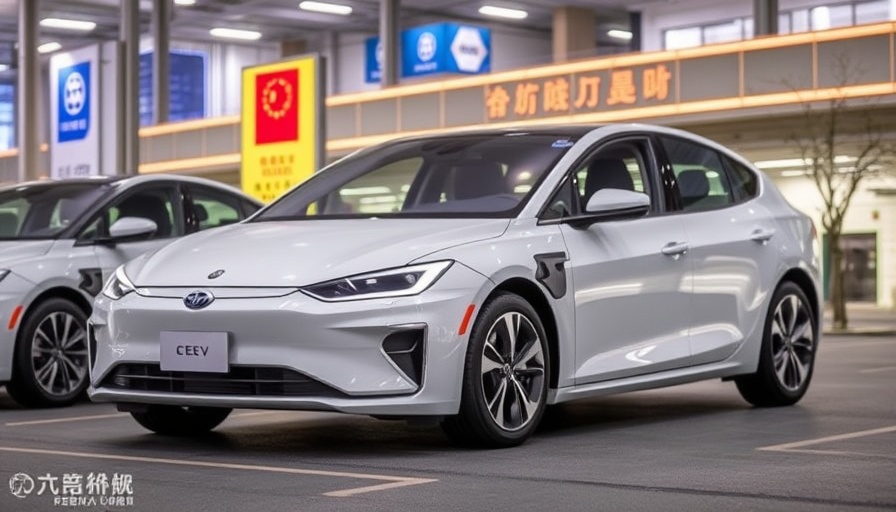
China's New Energy Vehicle Regulations: A Game Changer?
As China's commitment to environmental sustainability intensifies, the government is implementing stricter eligibility rules for new energy vehicles (NEVs) seeking tax incentives. Following in the footsteps of Norway, which once offered numerous benefits to spark EV adoption, China is tightening the reins on its NEV subsidies, requiring car manufacturers to innovate and comply with higher standards.
Raising the Bar for NEVs
On October 9, 2025, several governmental bodies in China established new technical requirements for NEVs to qualify for purchase tax incentives in the coming years. These adjustments are not just a tightening of regulations; they signify a strategic push toward advancing EV technology and reducing emissions. The new rules demand that all NEVs, including popular plug-in hybrids, must now have a minimum pure electric range of over 100 kilometers (62 miles), increasing from the previous requirement of 43 kilometers. This change is designed to keep up with the rapid advancements in battery technology and extend the expected lifecycle of greener vehicles.
The Implications for Automakers
These new rules will undoubtedly put pressure on manufacturers. Industry analysts estimate that around 40% of existing plug-in hybrids do not meet the new requirements, prompting potential end-of-year sales events to clear older inventory. While premium models like the BYD Tang DM-i and Li Auto L8 will thrive under these stricter guidelines, entry-level vehicles, such as certain versions of the BYD Qin Plus, might struggle to retain their incentive eligibility.
Imitation Is the Sincerest Form of Flattery
China's approach mirrors Norway's past success with EV subsidies, which initially included generous perks like cash incentives, tax breaks, and special access to toll roads and traffic lanes. However, as the market matured, many benefits were gradually withdrawn. This shift often results in a market that adapts quickly, with companies innovating to sustain viability. The expectation is that similar strategies will unfold within China's automotive sector, which is rapidly evolving. The implication is clear: manufacturers must prioritize research and development (R&D) efforts to stay competitive.
What This Means for Consumers and the Environment
For consumers, these new rules could mean fewer options in the short term, especially among budget-friendly models. However, the strategy should lead to better-quality vehicles that are genuinely environmentally friendly—delivering on the promise of lower emissions and greater energy efficiency. In the long run, this could lead to a marketplace filled with smarter, more reliable, and environmentally sustainable vehicles.
 Add Row
Add Row  Add
Add 




Write A Comment